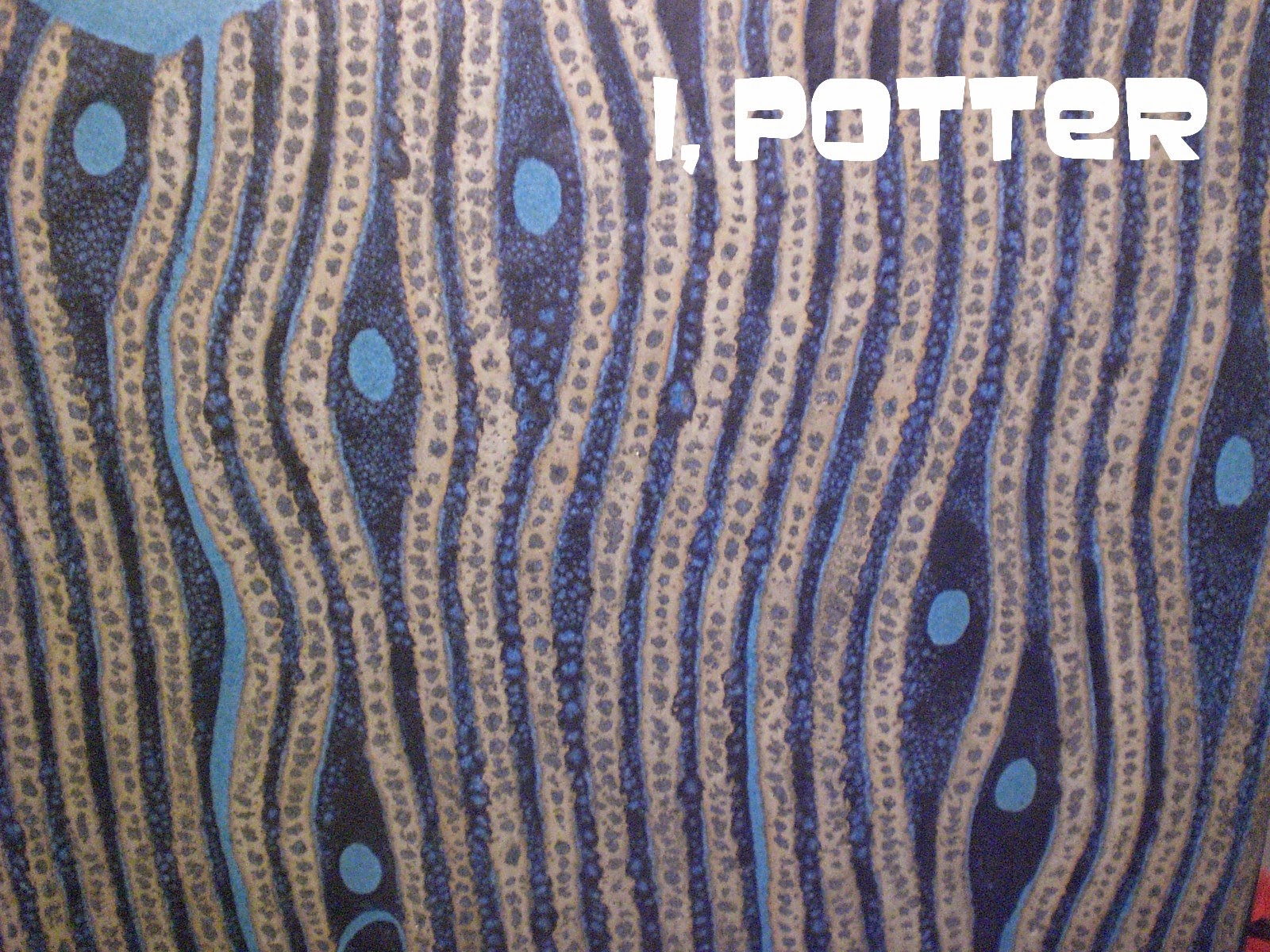Akimashite
Omedetto Gozaimasu! L'Shana Tova! Bonne Anee! Feliz Ano Nuevo! Ein Gluckliches
Neues Jahr! Buon Ano! Felix Sit Annus Novus! Godt Nytt Ar! Kul'am Wa Antum
Bikhair! Gelukkig Nieuwjaar! Just wanted to take a moment to bid a fond adieu
to 2014 and welcome in 2015.
Illustrated
is a detail from a large wood panel carved by Kimura Yoshikazu of the kanji; JU
or KOTOBUKI (寿), meaning "long life" or
"felicitations". Carved to imitate the Edomoji "kanteiryu",
the stylized script synonomous with Kabuki advertisements of the Edo period,
the Ju kanji is sunken below the wood surface and then textured and painted
with green gesso and would seem a fitting sentiment to usher in a new year.
"An
optomist stays up until midnight to see the new year in. A pessimist stays up
to make sure the old year leaves."











